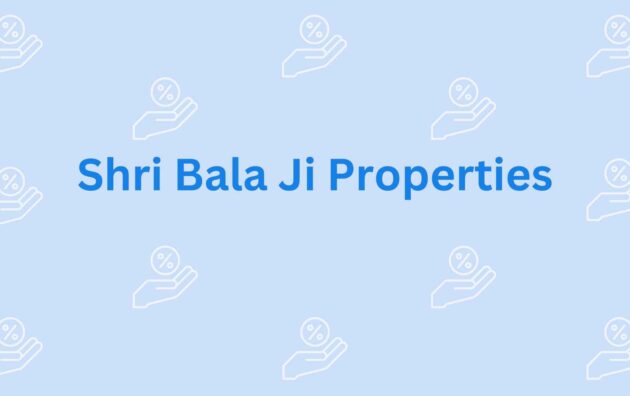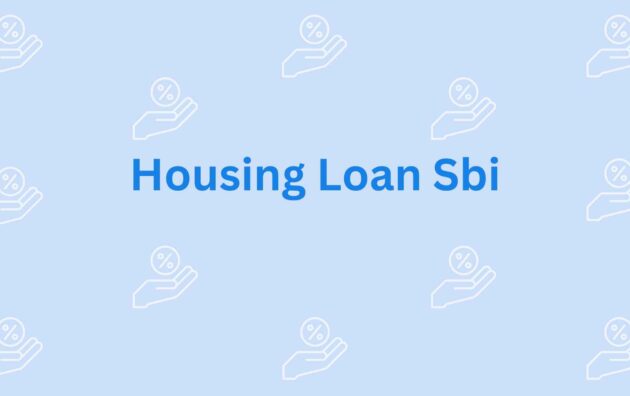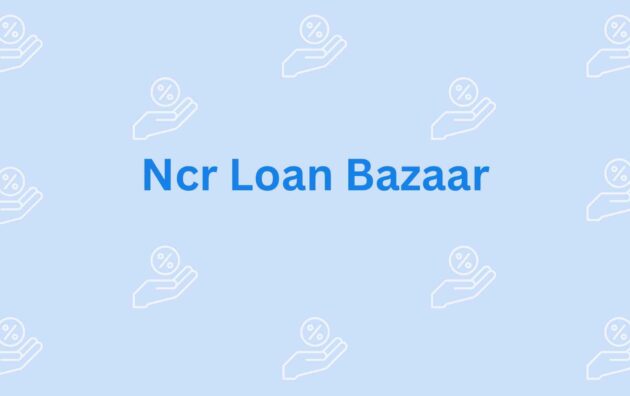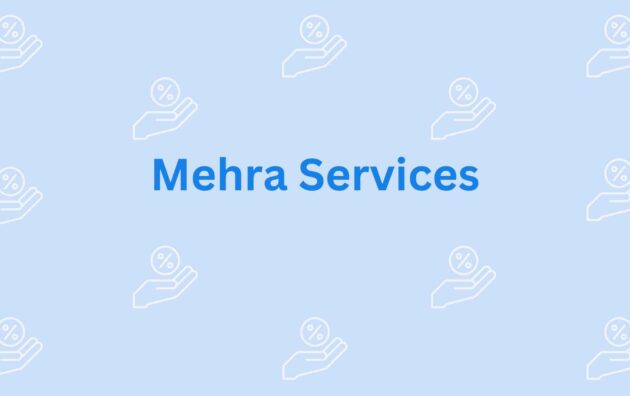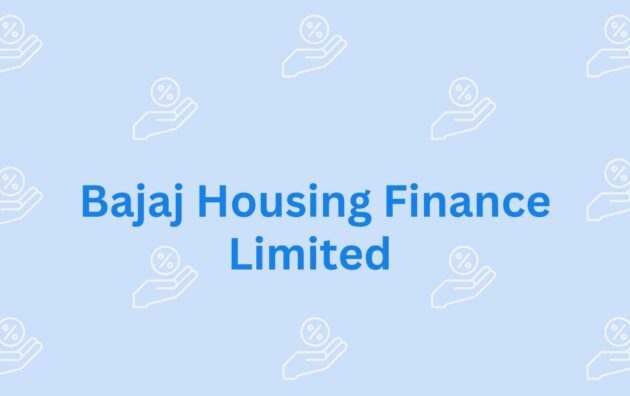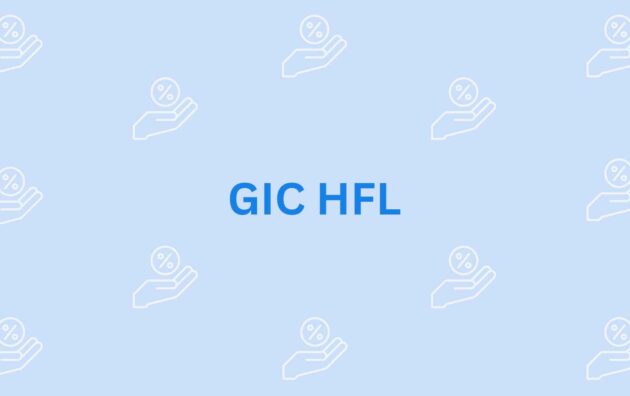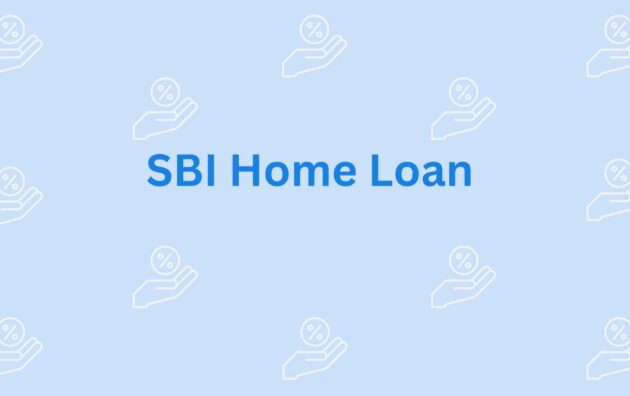Home Loan
- Home
- Home Loan
Trustlenders Capital Pvt Ltd.
Piramal Capital And Housing Finance Limited
Frequently Asked Question (FAQs)
A home loan, also known as a mortgage, is a financial product provided by banks or financial institutions that allows individuals to borrow money to purchase a home or property. The loan is typically repaid over a set period, along with interest and any applicable fees.
The eligibility criteria for a home loan vary depending on the tenders, but common factors include the applicant’s income, employment history, credit score, down payment amount, and property valuation.
The down payment amount required for a home loan varies by tenders and country. It is usually a percentage of the property’s value, typically ranging from 5% to 20%. Some tenders may offer loans with lower down payment options, but this may result in higher interest rates or additional mortgage insurance requirements.
A fixed-rate home loan is a type of mortgage where the interest rate remains constant throughout the loan’s term. This means the monthly repayments remain the same, providing borrowers with stability and predictability.
An adjustable-rate home loan, also known as a variable-rate loan, is a mortgage where the interest rate can change over time. The interest rate is typically tied to a benchmark index, such as the prime rate or the London Interbank Offered Rate (LIBOR), and can fluctuate periodically.
The interest rate for a home loan is determined by several factors, including the borrower’s creditworthiness, prevailing market rates, the loan term, and the type of loan (fixed or adjustable rate).
The loan-to-value (LTV) ratio is the percentage of the property’s value that a tenders is willing to finance through a home loan. For example, if the LTV ratio is 80%, the tenders will provide a loan that covers 80% of the property’s value, and the borrower needs to make a down payment for the remaining 20%.
The loan tenure refers to the length of time over which the home loan is repaid. It is usually expressed in years, such as 15, 20, or 30 years. The longer the loan tenure, the lower the monthly repayments, but the total interest paid over the life of the loan will be higher.
Pre-approval for a home loan is a process where a tenders evaluates a borrower’s financial information and creditworthiness to determine the maximum loan amount they are eligible for. It provides prospective homebuyers with an idea of their budget and helps streamline the home-buying process.
The documents required for a home loan application may vary by tenders and country, but common documents include proof of identity, address, income (pay stubs, tax returns), bank statements, employment details, property documents, and any other financial obligations.
Yes, many tenders allow individuals to apply for a joint home loan with a co-borrower, such as a spouse or family member. This can help increase the loan eligibility and share the financial responsibility.
Mortgage insurance is a type of insurance that protects the tenders in case the borrower defaults on the loan. It is typically required for loans with a high LTV ratio, and the cost is often added to the borrower’s monthly mortgage payments.
Closing costs are fees and expenses associated with the home loan process, such as loan origination fees, appraisal fees, title insurance, legal fees, and government taxes. These costs are typically paid by the borrower during the loan closing.
Many home loans allow borrowers to prepay their loan partially or in full before the scheduled repayment period. However, there may be prepayment penalties or fees associated with early repayment, so it’s important to check the loan terms and conditions.
Defaulting on home loan payments can have serious consequences, including late fees, negative impacts on credit scores, and the potential for foreclosure. It is crucial to communicate with the tenders if you are facing financial difficulties to explore potential solutions, such as loan modification or refinancing.
Yes, it is possible to transfer your home loan to another tenders through a process called refinancing. Refinancing involves paying off your existing loan with a new loan from a different tenders, often with more favorable terms. However, it’s important to evaluate the costs and benefits before making a decision.
Many tenderss offer home loans for the purchase of land, but the loan terms and conditions may differ from those for buying a residential property. It’s advisable to check with the tenders regarding their specific requirements for land loans.
Some tenderss offer home renovation loans or home improvement loans that allow borrowers to finance renovations or repairs on their existing properties. These loans are designed specifically for renovation purposes and may have different requirements than traditional home loans.
When you sell your home before the loan is fully repaid, the outstanding loan amount is typically paid off from the proceeds of the sale. Any remaining funds from the sale can be used as desired. It’s important to inform the tenders about the sale and coordinate the loan settlement process.
The time it takes to process a home loan application can vary depending on several factors, including the tenders’s efficiency, the complexity of the application, and the availability of all required documents. On average, it can take anywhere from a few weeks to a couple of months.

